Chaya, also called “spinach tree”, is a perennial plant that grows mostly in Mexico, Cambodia, the US, but is now grown in other countries like Cuba, Australia, Guatamela, Nigeria. It belongs to the family Euphorbiaceae. (Botanical name: Cnidoscolus chayamansa or C. aconitifolius). It is a fast-growing evergreen shrub with large dark green leaves.
Most vegetables and fruits are associated with health benefits, high nutritional content, and improved quality of life. This is the same as chaya leaves. It is used traditionally to treat gastrointestinal disorders, respiratory symptoms, fever, kidney stones, weight control, improve lactation in nursing mothers, among others.
It is a plant that grows easily from stem cutting rather than the seeds. Tree spinach grows to 4-5m height but pruning the plant result to a growth of 1.5-2m height, which makes it easier to harvest. The growth at the early stages is slow, but rapid after harvesting. Harvesting can be done in two to three months.
Chaya is a drought resistant plant that grows even in sandy soil. It also thrives in either shade or in sunny condition, but much faster at higher temperature. It resists most plant diseases, insects, but may be vulnerable to spider mites, bugs, aphids.
Nutritional Content of Chaya Plant
Chaya leaves are an excellent nutritional source. It has more nutrition than other green vegetables such as spinach, amaranth, cabbage. It has twice more iron than spinach, more calcium than other vegetables.
One serving of chaya contains as the same protein as an egg. The leaves also have vitamins such as A, B and C, riboflavin, niacin, thiamine, and other minerals such as potassium, iron, copper.
The moisture content, 13.53% is lower than most leafy vegetables, such as spinach. Chaya has a high fiber content (31%).
The carbohydrate content is 41.895%, 7.68% for protein, 4.85% ash, and 1.145% crude fat.
Nutritional Values for Chaya (100g serving)
| Nutrition | Quantity |
| Iron | 9.3 – 11.4 mg |
| Protein | 6.2 – 7.4 g |
| Calcium | 200 – 330 mg |
| Vitamin A | 1,357 IU |
| Vitamin C | 165 – 205 mg |
Phytochemical in Chaya Plant
The leaves contain many bioactive compounds, such as phenolic acids, alkaloids, saponins, terpenoids, flavonoids, tannins. It also contains lutein and b-carotene (pro-vitamin A)
Alkaloids such as trigonelline, vinblastine, dihydrositsirikine, palmatine, catharanthine, vindoline, sitsirikine are found in the leaves. Alkaloids have anti-inflammatory, analgesic, antimicrobial, and anticancer properties.
Saponins, a class of steroid and terpenoids glycosides, have chemo protective, antioxidant, antimicrobial effects.
Phenolic acids present are vanillic acid, chlorogenic acid, ferulic acid, p-caumaric acid, synapic
acid, caffeic acid, syringic acid, protocatechuic acid, etc.
Flavonoids types are quercetin, catechin, rutin, kaemferol, epigallocatechin gallate, procyanidin B1 and B2. They are good antioxidants.
Natural phenols reduce free radicals in the body. The quantity of phenols in the fresh leaves is 241.1 mg per 100 g serving, while in cooked leaves, it is 285.1 mg per 100 g. This signals that cooking makes the phenols available from the fibre of the plant.
Tannins have anti-inflammatory effects and help in wound healing.
Chaya Health Benefits
1. Anti-cancer: The chaya plant has numerous bioactive compounds such as alkaloids, flavonoids that may inhibit the growth of cancer cells in the body.
2. Antioxidant: Antioxidants prevent oxidative damages in the body, which can cause cardiovascular diseases such as heart disease, high blood pressure. Oxidation also leads to the deterioration of food materials. This plant is a good antioxidant, as it contains phytochemical, such as phenols and flavonoids.
3. Antifertility effect: Laboratory studies on female rats suggest chaya may increase serum prolactin concentration while reducing serum concentration of estradiol, progesterone, follicle stimulating and luteinizing hormone. It also did not favour follicle formation and maturation.
4. Antimicrobial property: The essential oil from the leaves has activity against microorganisms such as E. coli and S. typhi; hence, they may be effective in managing typhoid, gastroenteritis.
It may also inhibit the growth of fungi such as Aspergillus niger and Aspergillus tamari.
5. Antidiabetic action: Diabetes results from a lack of enough insulin in the body, causing problems with carbohydrate, protein and lipid metabolism. Studies on Wister albino rats suggest that chaya has a hypoglycemic effect. This may be due to flavonoids and phenolic compounds, such as catechin and rutin.
6. Alzheimer’s disease: Patients with Alzheimer’s have increased activity of cholinesterase, an enzyme that regulates neurotransmission by hydrolysis of acetylcholine.
This impacts negatively on acetylcholine, an important neurotransmitter that helps in memory function. Phenolic compounds in the tree spinach such as caumaric acid, amentoflavone, kaemferol act on cholinesterase substrate, blocking the enzyme.
Also, phenolic compounds in the plant inhibit monoamine oxidase, an enzyme that removes neurotransmitters such as norepinephrine, serotonin and dopamine from the brain impairing brain function. This also means the plant can help in managing neurodegenerative diseases.
7. Blood cell production: It may improve the lifespan of the erythrocytes. Vitamins (A, C E), and minerals (zinc, iron, copper) in the plant helps to strengthen the immune system and prevent diseases that affect blood cells such as malaria, anemia.
8. Erectile dysfunction: Ethyl acetate extract of chaya leaves inhibits arginase activity. Arginase activity impairment may benefit patients with erectile dysfunction.
9. Hepatic protective effect: The leaf extract contains bioactive elements such as saponins, antioxidants that may be beneficial to liver function.
10. Laxative: It may improve digestion by working as a laxative.
11: Kidney stone: Chaya plant may help in conditions such as kidney stone, pain, and back aches.
12. It may relieve skin disorders, gum disease, toothache, inflammation, boils, pimples.
13. It may relieve symptoms of arthritis, muscle disorders.
Use of Chaya as Food
We can eat the leaves and young shoots of the plant. The older leaves can be consumed too. It is important to cook the leaves before eating, as the uncooked leaves contain cyanogenic glycosides, just as the cassava leaves do, but at a lower level. These toxic substances release hydrocyanic acid, causing cyanide poisoning in the body. The poisoning depends on the cyanide level of the leaves and how long the person has consumed the plant.
Boil or fry fresh leaves for at least 5 minutes, and older leaves for 10 to 15 minutes. The vitamin C end in the water after boiling, therefore you should not discard it. You can add it to the soup, or drink like a tea.
Since chaya leaves have a bland taste, you can spice it up by stir frying with garlic, onions, or add to soups, omelets.
Chaya Tea
Chaya tea is made from boiling dried leaves of the plant in water. Additional ingredients are honey, ginger and lemon juice. The tea can be served or stored by refrigeration.
Other Uses of Chaya Plant
Some other uses of this plant are:
- Use of the dried or fresh leaves to make fodders for chicken to boost egg production. A mixture of chaya leaves, ginger and garlic is called ‘phytomix’ improved the quality of life in poultry farms.
- Good nitrogen content in the compost made from the leaves hence they are suitable as fertilizer for plants.
- It makes a good living fence in home gardens, and as shade for other trees such as a coffee tree.
Chaya Plant Side Effect and Toxicity
Chaya plant has trichomes which can irritate and cause allergy to the skin. Also, we mentioned earlier, the raw leaves of the tree spinach contain cyanogenic glycosides hydrolyses to liberate hydrogen cyanide (HCN) and cyanide molecules, powerful toxins. The main cyanogen is linamarin.
Drying the leaves reduces the cyanogen content. Also, fresh leaves contain less cyanogen than frozen leaves.
References:
- https://pdf.usaid.gov/pdf_docs/PA00K93C.pdf
- http://rilab.ucdavis.edu/pdfs/Ross-Ibarra_Molina-Cruz-2002.pdf
- https://www.researchgate.net/publication/356708180_Cnidoscolus_aconitifolius_Nutritional_phytochemical_composition_and_health_benefits_-_A_review

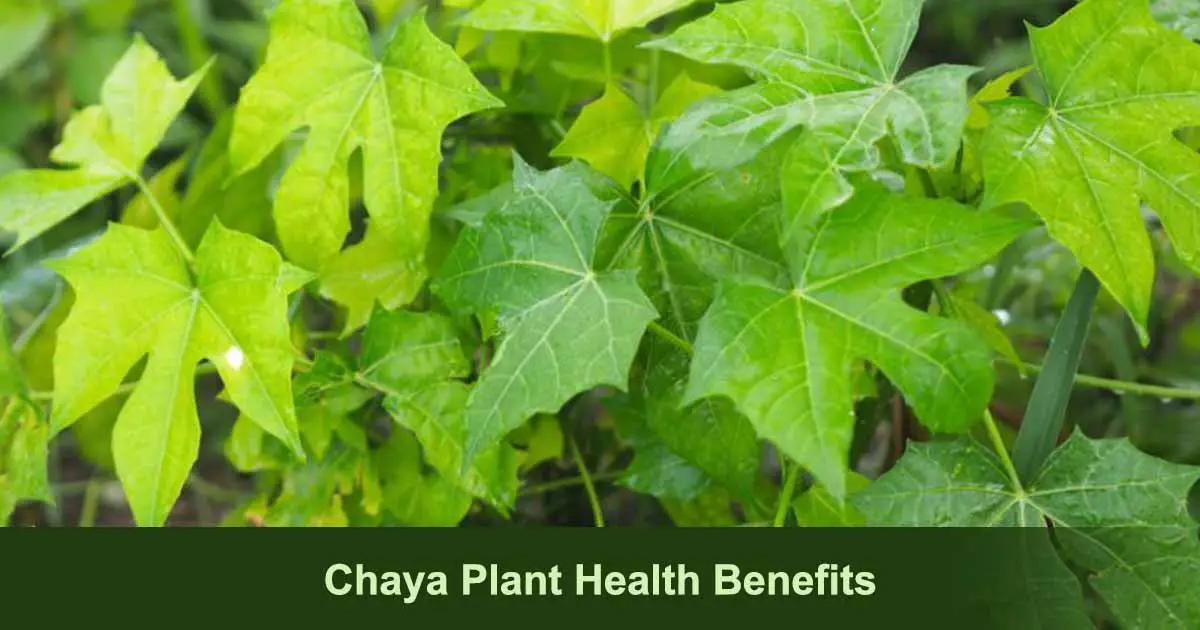
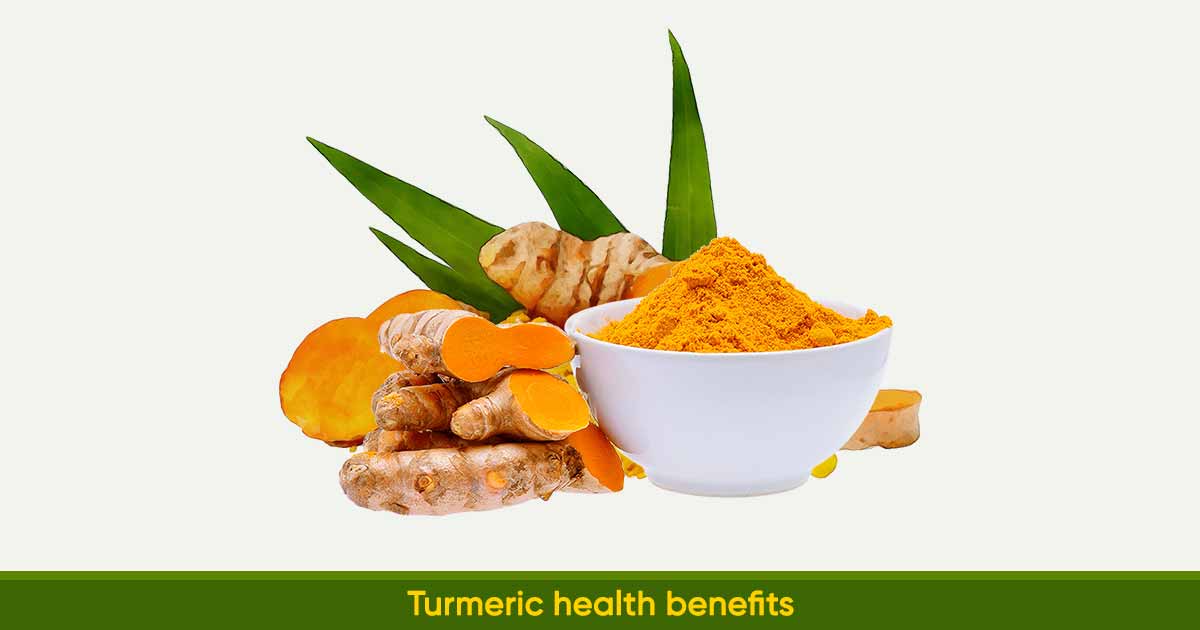
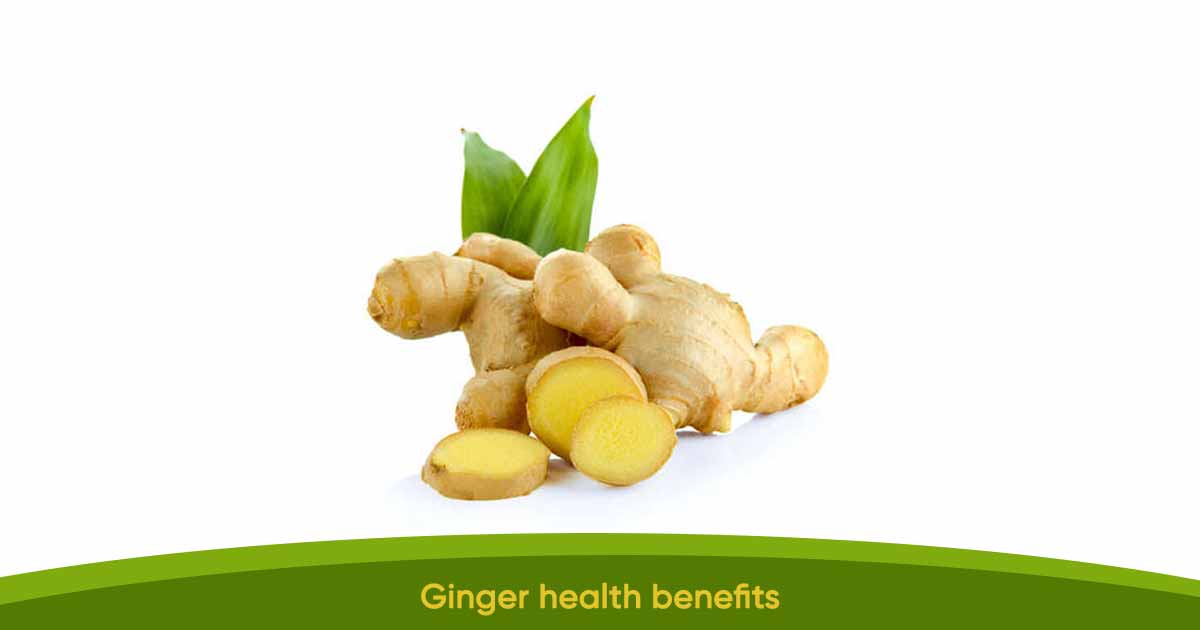
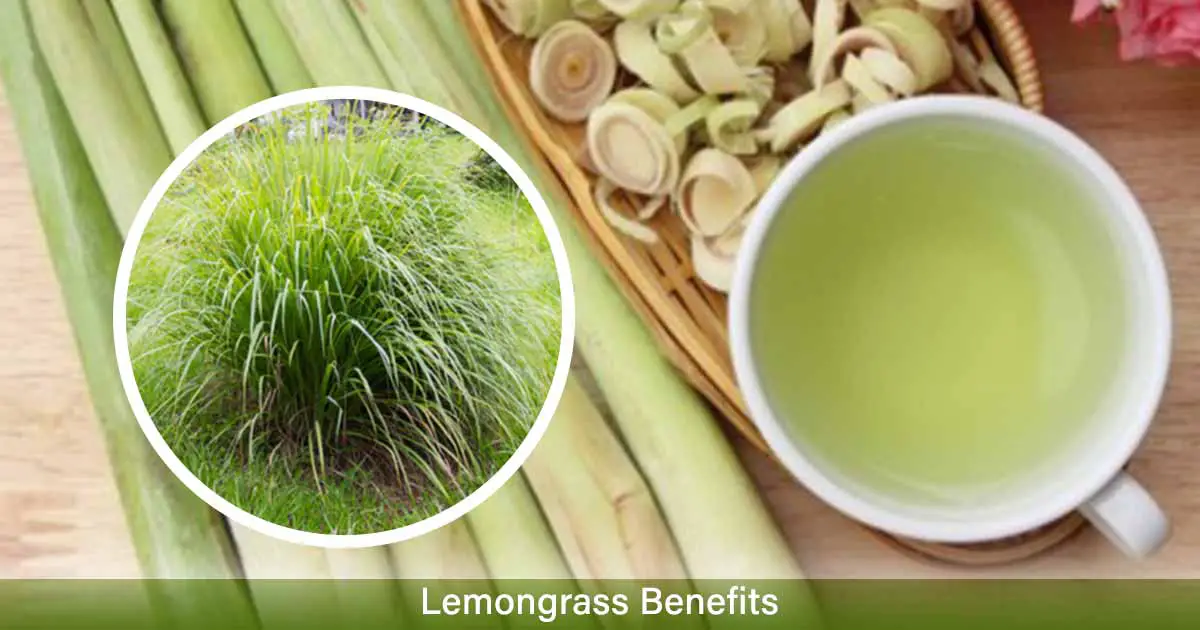
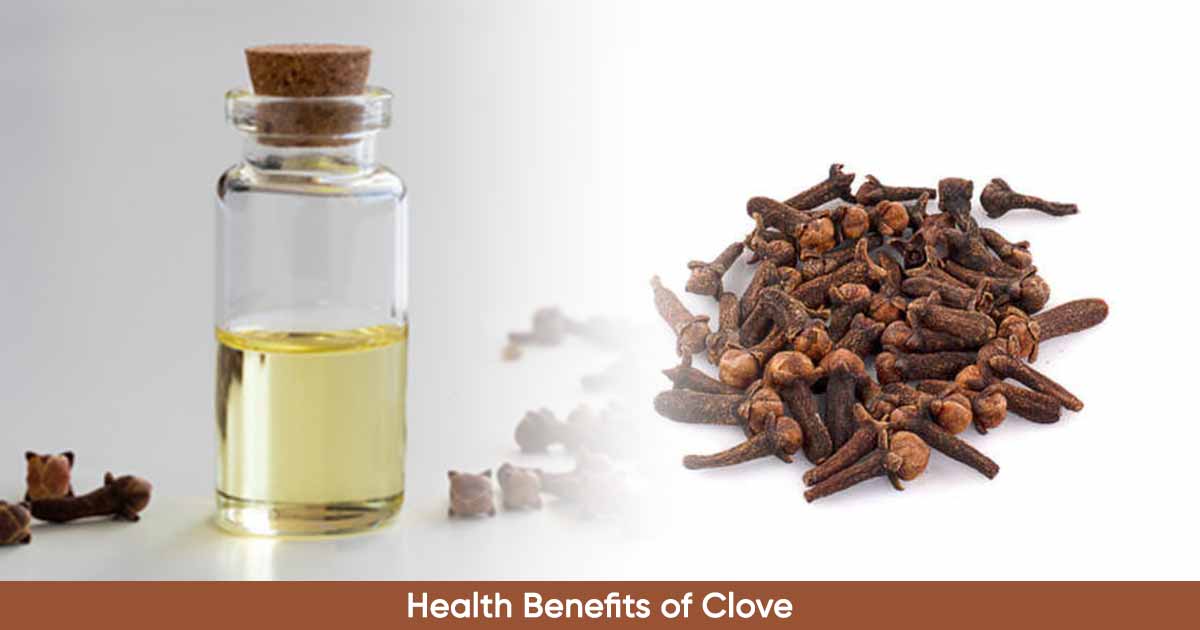

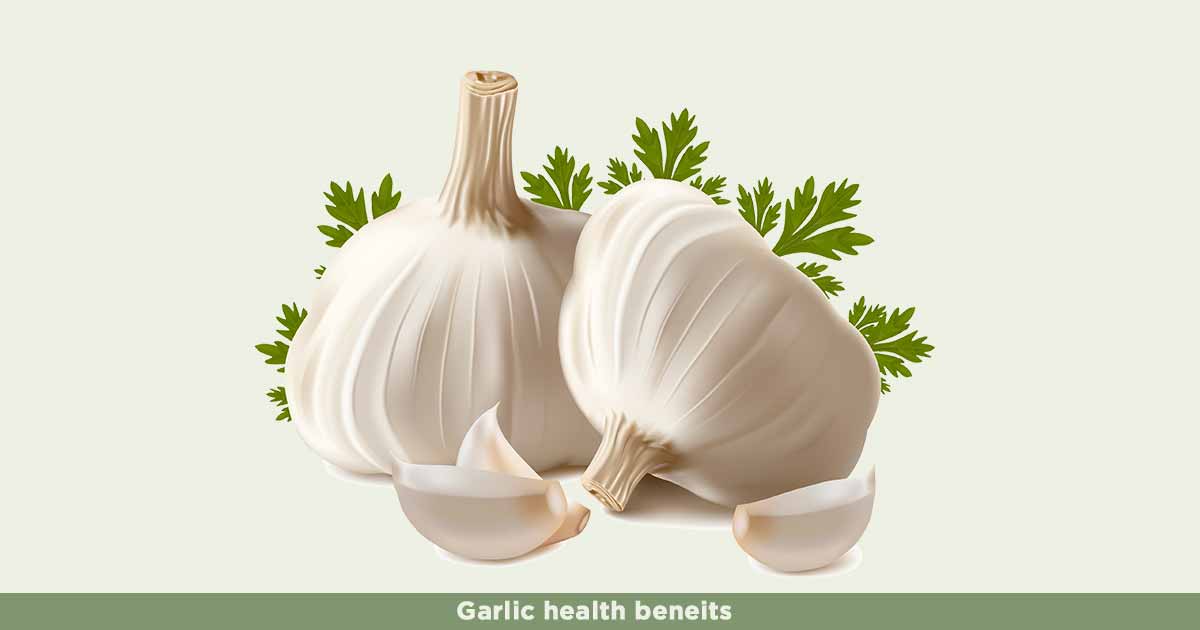





Educative